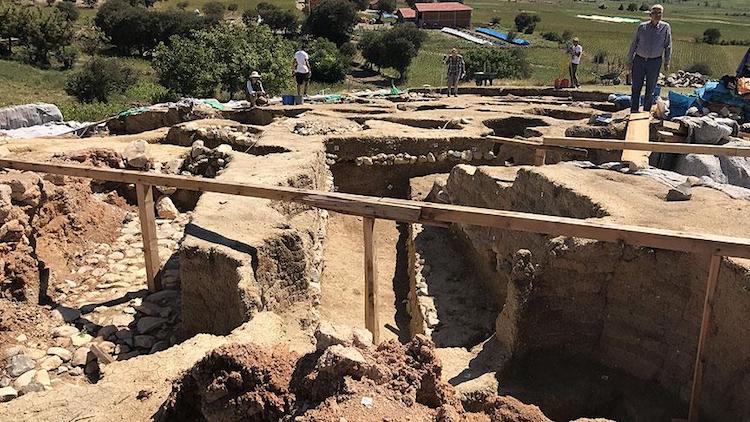Archaeological excavations are ongoing in the ancient Hittite city of Nerik, situated in the Vezirköprü village of Samsun’s northern province. Discoveries include 3,000-year-old hazelnut shells and wooden pieces cut with bronze tools.
A team of academics from the U.S., Australia, Germany, and Türkiye has been excavating the ancient city, dedicated to the Hittite god of air, Nerik, for 17 years.
The excavation team noted that the 3,000-year-old hazelnut shells were found in the sacred water inside a tunnel. They believe the temple in the area was used for many years, dating from the Old Hittite period (16th century B.C. to 12th century B.C.). A tunnel above the temple led to the discovery of ‘holy water’ at a depth of about 8 meters.
The team was surprised to find wooden remains inside the pool, as wet materials are rare in Anatolia. Further excavation revealed hazelnut shells, confirming that the Black Sea Region was a hazelnut production center 3,000 years ago. Carbon dating confirmed the wooden remains and hazelnut shells are approximately 3,000 years old.
Cuneiform tablets found in Nerik at Oymaağaç Mound are considered the most significant cultural remains. Long-term research and discussions have confirmed that the holy city of Nerik, believed to be on the northern borders of the Hittite Empire, is located in the Oymaağaç Mound. Artifacts from the region are displayed in the Nerik section of the Samsun Museum.









